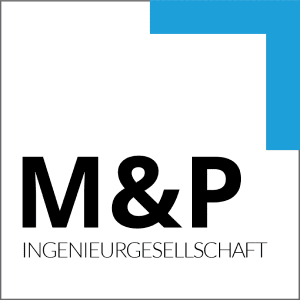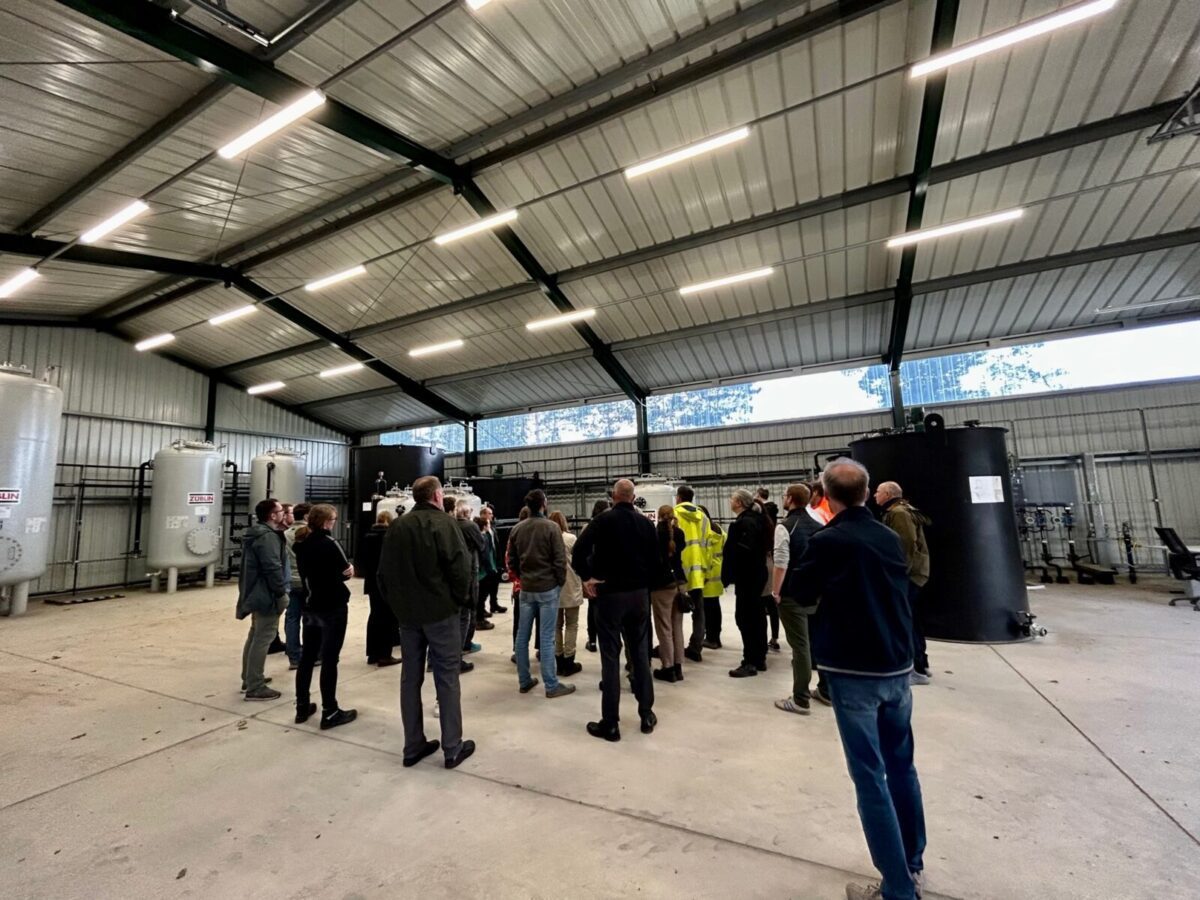The Northern Regional Group of the Engineering Association for Contaminated Site Management and Land Recycling (ITVA) meets regularly for expert lectures and visits. At the beginning of July (05.07.2023) it was that time again and about 30 members accepted the invitation of the coordinators Astrid Klose (BUKEA HH) and Frank Biegansky (M&P) to the Dethlinger pond. Here, the remediation of the largest chemical warfare agent legacy in Europe is to start in the summer of 2023. As a project participant, our Managing Director Frank Biegansky gave an exciting presentation on the background, the remediation concept and the current state of implementation. After the end of World War II, large quantities of chemical warfare agents from a nearby main air munitions facility were dumped in the former Dethlingen pond and then filled in.
The current progress of the work became clear to the participants during the subsequent tour of the facility and the associated infrastructure. In the meantime, the former Dethlingen pond has been enclosed by a sheet pile wall. Above ground, an impressively large hall with a floor area of approx. 97 x 106 m prevents the spread of possibly released chemical warfare agents into the surrounding area. The participants took the opportunity to take another look at everything. Once the clearance site is put into operation at the end of the summer, this will only be possible under considerable safety precautions and for trained specialist personnel.
The tour continued to the groundwater purification plant, which is housed in an adjacent hall that is actually very spacious, but now seems quite small next to the salvage hall. The groundwater that is lowered during the salvage operation is purified here and reintroduced. Trial operation is already underway. Aglaia Nagel (M&P) and Oliver Hutschenreuter (Züblin Umwelttechnik GmbH) explained to the participants the extensive process technology required to eliminate the warfare agents, their degradation products and other groups of pollutants in the water.
Although the Northern Regional Group consists of experts in the field of contaminated sites, the participants were visibly impressed by the scope of the project and the dimensions of the facility. The scheduled duration of the tour was almost doubled due to the lively discussions. After refreshments at the end of the event, final questions could be clarified and a wide range of food for thought could be taken up by the participants.
The next meeting of the Northern Regional Group is scheduled for mid-September. Here, the members will certainly be asked for a small update on the further progress of the project.



